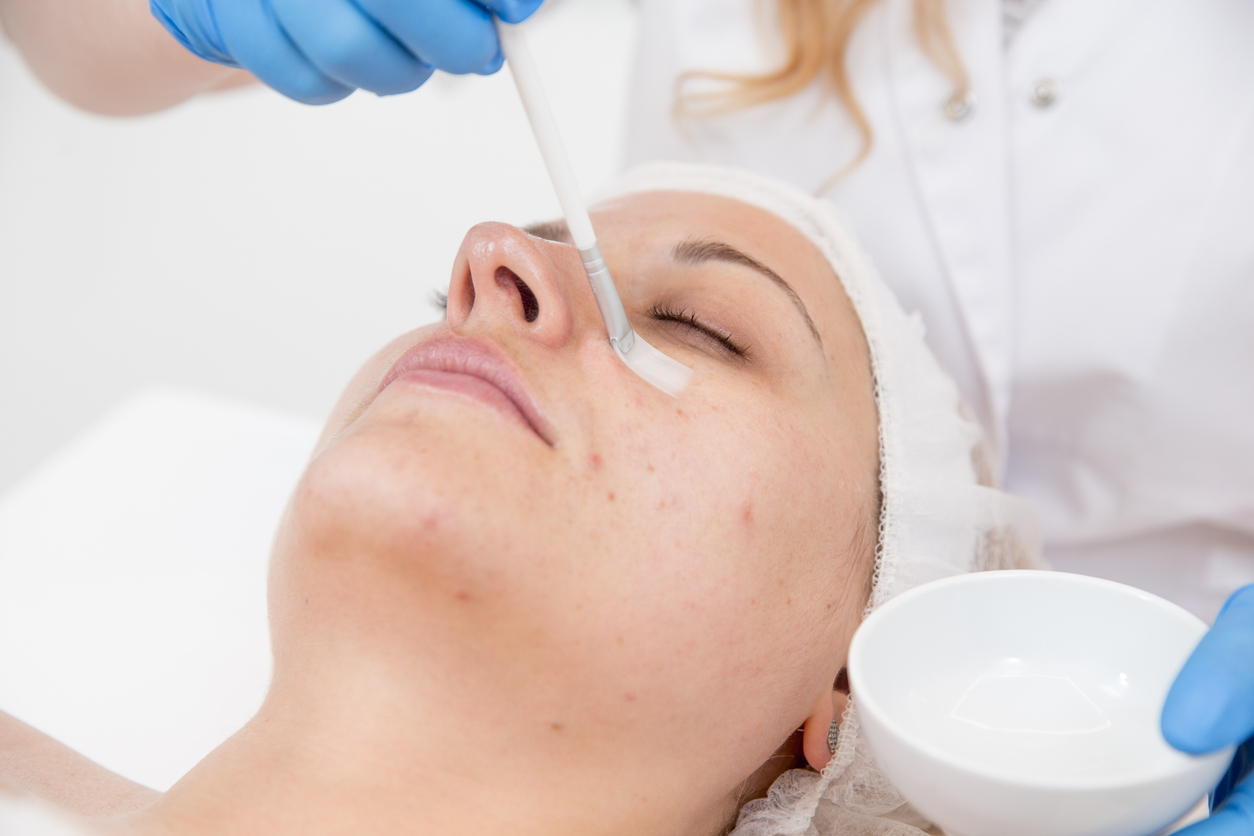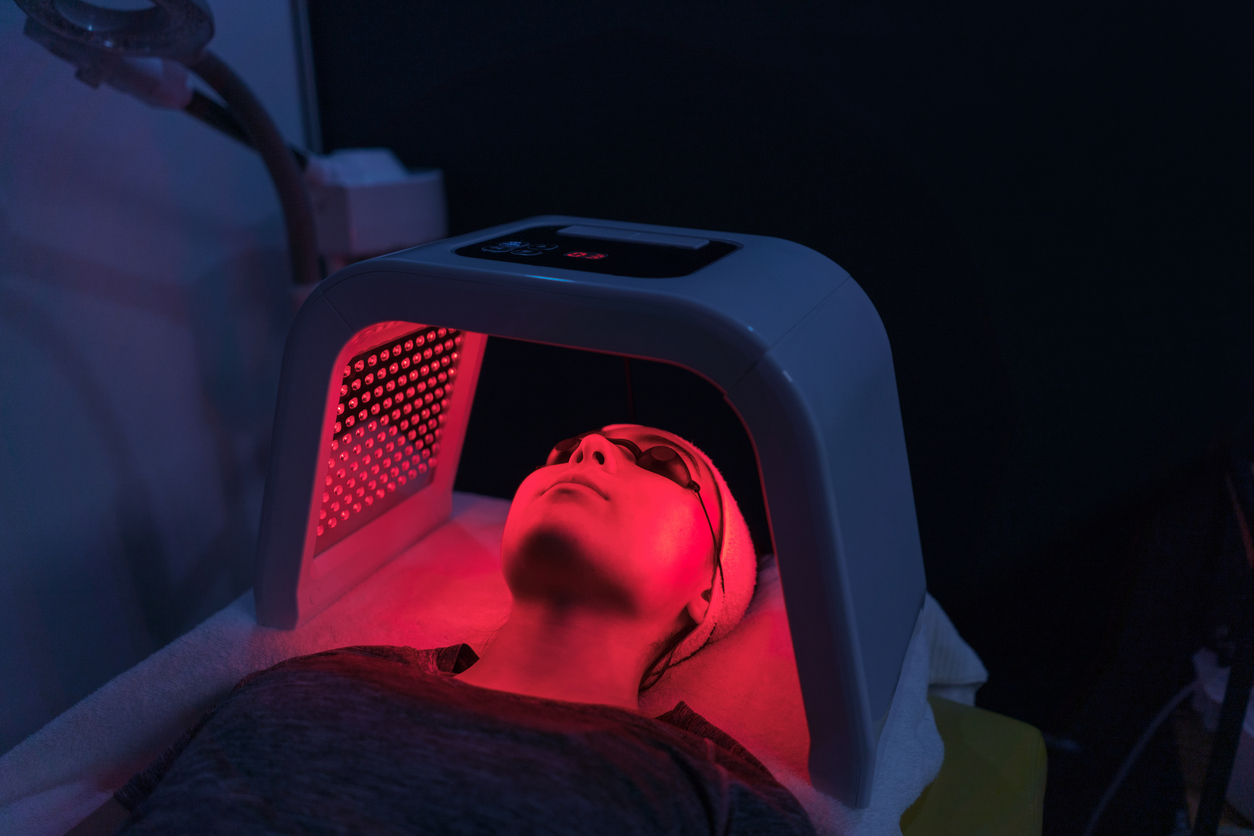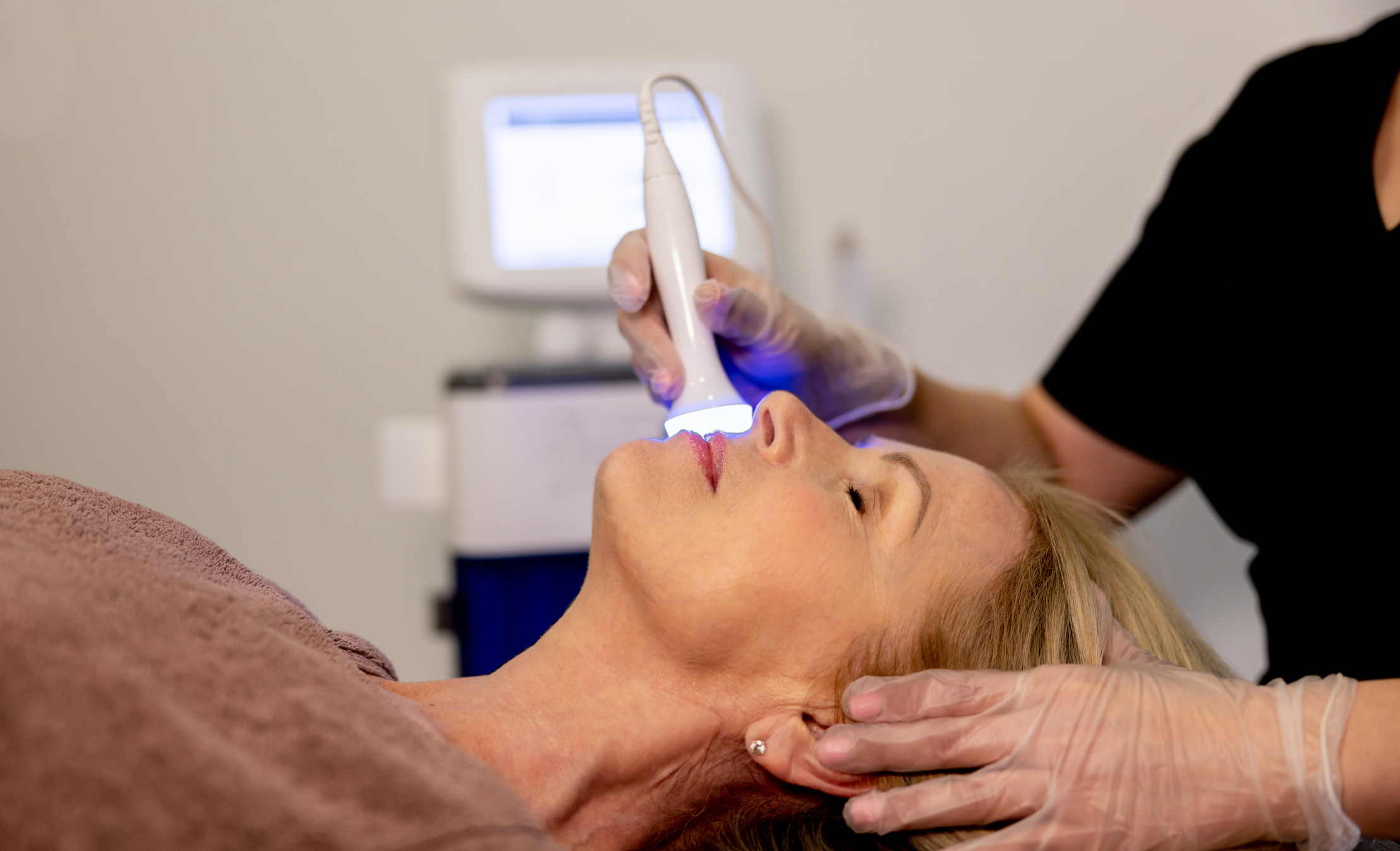Looking for a way to rejuvenate dull skin? How about a non-invasive treatment that can…

Surgical vs. Non-Surgical Rhinoplasty: Which Should You Get?
According to the American Society of Plastic Surgeons (ASPS), rhinoplasty or nose reshaping was the most frequently performed cosmetic surgery in the USA in 2020. Many people elect to undergo this procedure to change the shape of their nose, whether to remove a bump on their nose bridge or make a bulbous tip smaller.
Just like any other surgery, however, a nose job comes with some health risks, including infection and difficulty breathing. Thankfully, advances in technology have introduced a non-surgical nose reshaping procedure for people who don’t want to go under the knife: liquid rhinoplasty.
Liquid rhinoplasty is designed to bring small alterations to the nose, with fewer risks and side effects. Its results are more subtle than a surgical nose job, though, so it may not be the best option for people who want to make significant changes to their nose.
If you’re looking to get your nose reshaped but aren’t sure whether to get a surgical or non-surgical rhinoplasty, read up on the pros and cons of both procedures, so you can decide which works betters for your needs.
Surgical Rhinoplasty
Rhinoplasty restructures the nose by manipulating the bone, cartilage, and skin. Depending on how you want your nose reshaped, the plastic surgeon will access the nose’s inner structure through either of two ways: through the nostrils or by making an incision on the septal cartilage, which is the small strip of skin wall that divides your left and right nasal passages.
If your goal is to add more volume to your nose, the surgeon will likely need to use cartilage grafts. They’ll harvest tissue from your septal cartilage, reshape it, then graft it to the tip or bridge of your nose. The surgeon may also take tissue from your ear or rib if the harvested cartilage from your nose isn’t enough.
Pros
The main advantage of surgical rhinoplasty is that it has permanent results. Unlike non-surgical rhinoplasty, you don’t need follow-up sessions to maintain the new shape of your nose.
Below are some other benefits of a surgical nose job.
- Better nose function: Rhinoplasty can correct any structural defects in the nose that may be causing problems, such as difficulty breathing, an impaired sense of smell, and issues with your voice. For instance, rhinoplasty is often combined with septoplasty to correct a deviated septum, which is a condition that makes the nose look crooked and causes breathing problems.
- Complete customization: A surgical nose job allows you to change your nose in almost any way a nose could look. You can get a rhinoplasty to address a flat nose bridge, an uneven nose, overlarge nostrils, a large hump on the nose bridge, and more.
Cons
A surgical nose job involves several risks, including infection, bleeding, poor wound healing, and a change in your nasal function. Although rare, there’s also a risk of nasal septal perforation, which is a tear or hole in the tissue that separates your nostrils. This condition requires additional surgery to repair.
Here are the other disadvantages of surgical rhinoplasty.
- Lengthy recovery period: It takes about six months to fully recover from rhinoplasty and you’ll have to take extra care of your nose as it heals. You’ll have to avoid sports and other activities that could injure your nose.
- Possible revision rhinoplasty: Nose jobs generally don’t need follow-up sessions, but some cases call for revision rhinoplasty. This is done when the patient wants minor alterations to improve the overall result of their initial surgery. You have to wait a whole year for your nose to heal before you can have it touched up though.
- Costly: The average cost of rhinoplasty is $5,483, according to ASPS. A surgical nose job, however, is a one-time surgery, so it could be cheaper in the long run compared to multiple liquid rhinoplasty treatments.
 Non-Surgical Rhinoplasty
Non-Surgical Rhinoplasty
Liquid rhinoplasty delivers subtle changes to the nose, addressing minor issues like asymmetry, a drooping tip, or a small bump on the bridge. To reshape the nose, the surgeon injects hyaluronic acid fillers on it, which are the same kind used for non-surgical cheek and facelifts.
Some cosmetic surgeons also recommend liquid rhinoplasty following a surgical nose job. The fillers add volume or make some slight changes to the nose to achieve the exact result the patient wants.
Pros
Many people opt for a non-surgical nose job because it’s considerably safer than its surgical counterpart. You can have your nose reshaped without the fear of bleeding, infections, and other health complications.
Additionally, liquid rhinoplasty doesn’t involve anesthesia, so you’ll stay awake while getting the fillers. Some surgeons let you hold a mirror during the procedure, which allows you to see what’s happening and control the results.
The following perks also encourage people to undergo liquid rhinoplasty.
- Zero downtime: Unlike surgical rhinoplasty which takes months to heal, a non-surgical nose job doesn’t require a recovery time. You’ll likely see some swelling and bruising in the area after the procedure, but it should fade after a few days. You can go back to your normal activities on the same day since there’s minimal risk of bleeding, infections, and other complications.
- Quick, easy procedure: Many people opt for a non-surgical nose job because the procedure is so quick they can do it on their lunch break. The procedure takes around 15 to 30 minutes, which is a lot faster than the one to four hours it takes to undergo a surgical rhinoplasty.
- Immediate results: You’ll be able to see changes in your nose shape immediately after the procedure. The results will grow more defined as the swelling goes down.
Cons
- Temporary results: Liquid rhinoplasty doesn’t reshape your nose permanently. The results typically last between six months to two years, after which you can get a follow-up treatment to retouch your nose.
- Limited results: A non-surgical nose job can address only a handful of issues. It doesn’t drastically change the nose shape the way a surgical rhinoplasty does. Only a surgical rhinoplasty can correct issues that require modifying cartilage, such as reduction of any part of the nose.
- Potentially costly: You can expect to pay around $600 to $1,500 for a non-surgical rhinoplasty, depending on how many and what kind of fillers you’ll need. At this price, a non-surgical nose job can cost you more than a surgical procedure in the long run if you were to have multiple treatments done.
Surgical vs. Non-Surgical Rhinoplasty
Between surgical and non-surgical rhinoplasty, the better cosmetic procedure would depend on your expectations and budget. Surgery is the best way to go if you want to restructure your entire nose permanently. Just make sure to go to an experienced, board-certified cosmetic surgeon to minimize the risks involved.
If you’re only looking to improve the current shape of your nose, however, then a liquid rhinoplasty should suffice. This smooths out minor imperfections like asymmetry, a droopy tip, or a small bump on the bridge.
If you’re not sure which nose job to get, consult a cosmetic surgeon for guidance. They’ll examine your nose and recommend the ideal procedure to give you the results you want.
Vargas Face and Skin Center offers a full range of cosmetic and reconstructive services in Kansas City. We provide both surgical and non-surgical rhinoplasty to accommodate needs and expectations.
Contact us today to schedule a virtual consultation.








This Post Has 0 Comments